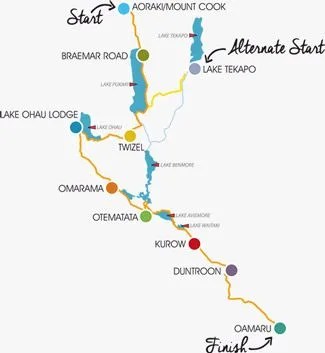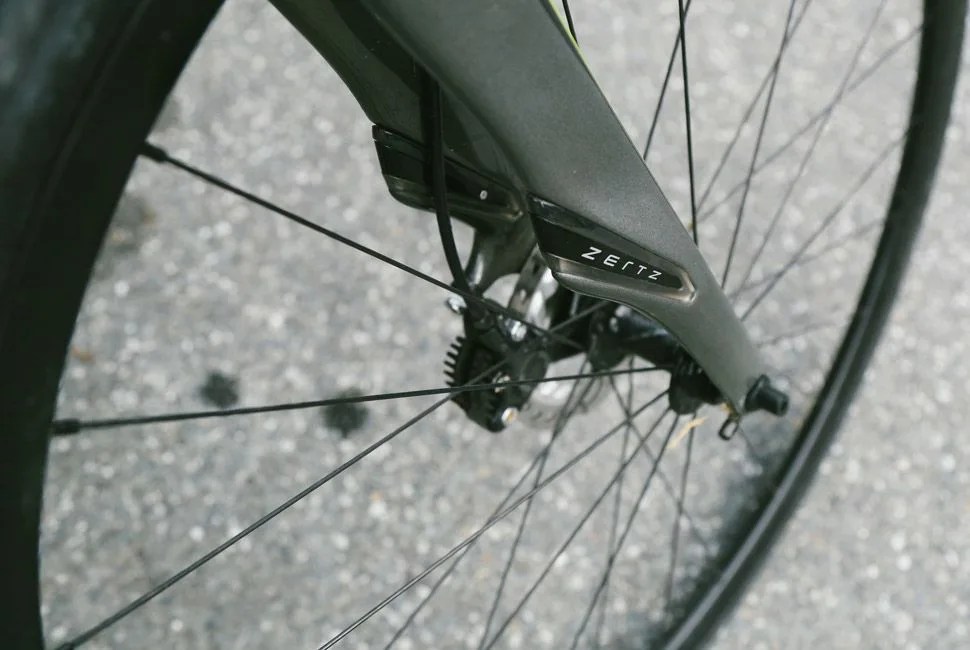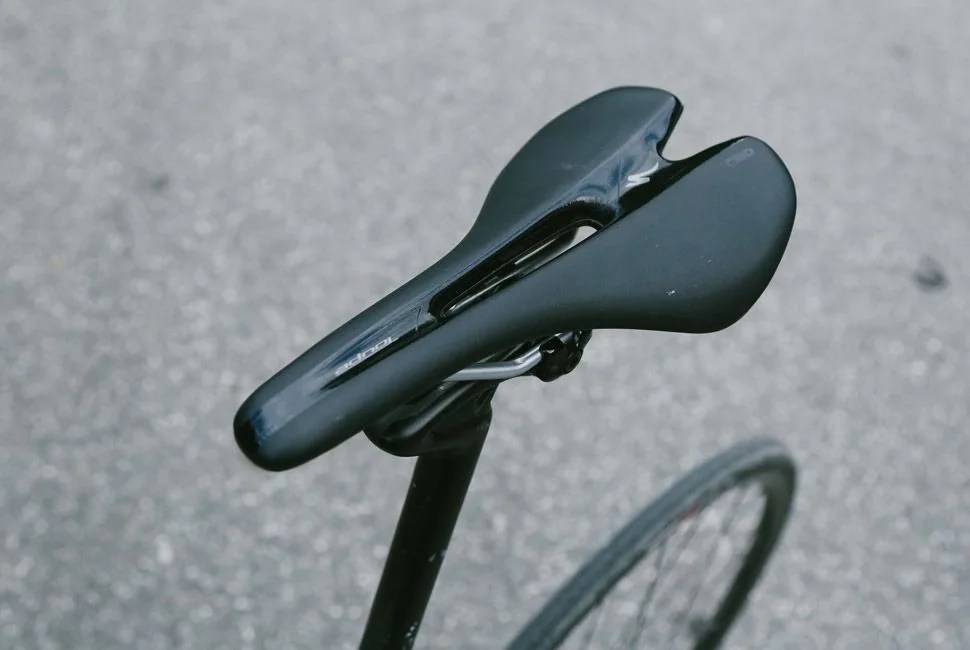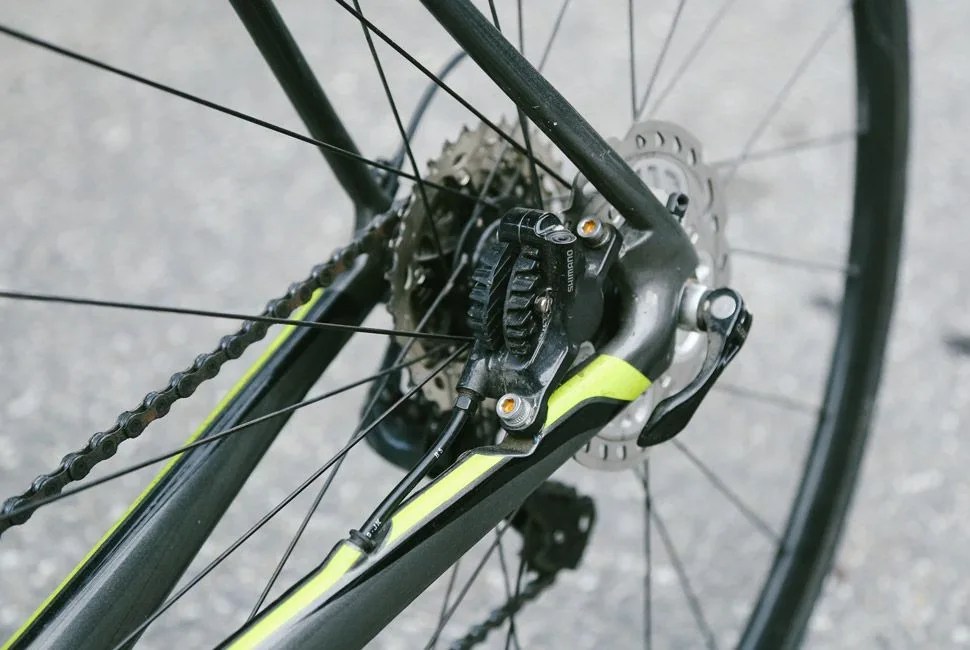8 photos
While in New Zealand, one of our big goals was to do a big ride. A century. And we knew that on said century, the road, at times, would not be a road. That was fine; river wash, packed gravel, loose dirt — with a bit of will power and the right bike between your legs, it’s all possible.
Before the journey, we got a panicked email from the coordinator organizing the bike pickup: “I’d strongly advise that whoever is in charge of getting the bikes for your team to talk to Specialized asap about getting off-road bikes…” This is a common misconception: that road bikes are meant only for the road. We weren’t so worried. We strapped a few Specialized Roubaix SL4 ($3,300) steeds to the top of our adventuremobile and set out to our start point, Mount Cook.
The Roubaix is Specialized’s carbon homage to the great cobbled nightmare, Paris-Roubaix. This year’s winner, John Degenkolb, rode a Giant Defy. But Zdenek Stybar, the man right behind Degenkolb, rode a Roubaix. The bike’s familiar with the podium; since 2008, the Roubaix has taken the top step five times (it helps that Tom Boonen rides the Roubaix). And while a lot of that has to do with the rider’s spirit, Specialized’s tech has helped.
The Roubaix’s motto is this: smoother is faster. And that’s true — like a car, the more traction and less up-and-down movements you have, the faster you can go. In addition to mere physics, there’s also rider fatigue to consider; the more jostled a rider is, the more energy expended. The backbone of Specialized’s vibration dampening tech, called Zertz, is made up of viscoelastic dampers integrated into the seat stays and fork. They sit at the midsection, work like shocks and, coupled with a CG-R seatpost that’s also integrated with Zertz technology, they lead to a significantly smoother ride in bumpy conditions.
The Route to Ride









